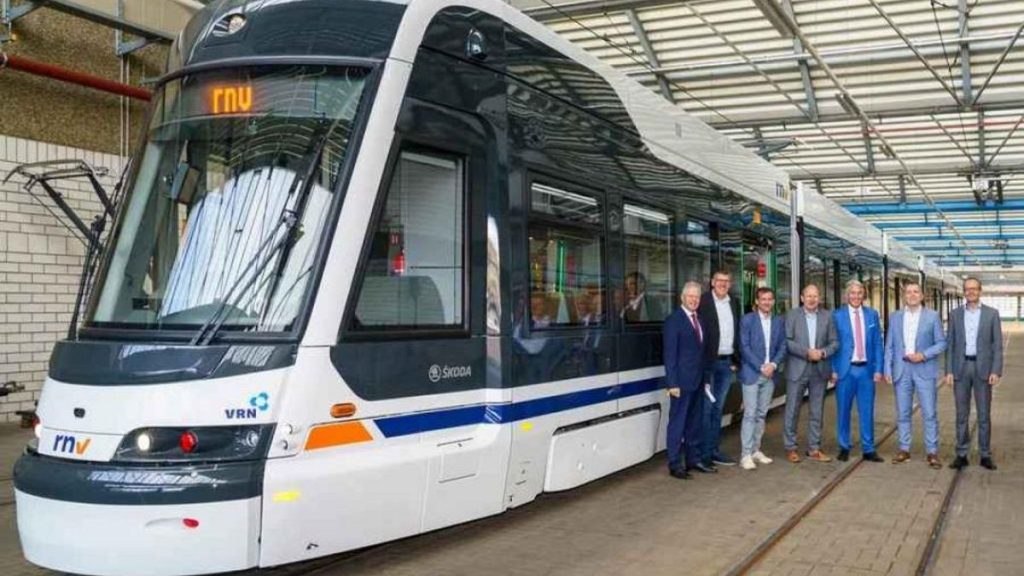The debut of the world’s longest tram, measuring an impressive 58.61 meters, marks a significant achievement in public transportation. Operating in the Rhine-Neckar Metropolitan Region of southwest Germany, this tram connects the cities of Mannheim, Ludwigshafen, and Heidelberg, and is capable of carrying up to 368 passengers. With a travel speed of 80 km/h and air conditioning for passenger comfort, these trams are designed to serve as both metropolitan and inter-city transport solutions. The tram’s design allows for modularity, meaning it can be divided into sections for maintenance or to alter its length as needed.
Produced by Czechia’s Škoda Group, this colossal tram was delivered to Mannheim in September and is part of a larger order worth over €260 million. This order includes a variety of trams that are scheduled to be fully delivered by the end of 2026. The announcement of this tram’s launch continues a legacy of record-setting trams in the Rhine Necktar Region, which previously held the title for the longest tram in the world back in the 1960s with a vehicle that measured 38.55 meters.
The world record for the longest tram had previously been held by a Budapest tram, which at 55.9 meters consisted of nine sections and has been operational since 2016. This achievement highlights the ongoing innovation in urban transportation solutions across Europe. While the new tram is an extraordinary addition to tram networks, it pales in comparison to the sheer length of record-breaking trains. For example, in 2022, the Swiss railway company set a record with a passenger train comprised of 100 coaches and 25 engines, totaling a remarkable 1,910 meters in length and weighing almost 3,000 tonnes.
The record-breaking train achieved not only immense length but also a challenging journey that involved navigating a height of 789 meters from Preda to Alvaneu. While it could only reach speeds of 30 to 35 km/h, the train’s trip along the 61-kilometer UNESCO World Heritage Albula Line was spectacular, showcasing historic viaducts and spiral rails. This train was created to commemorate Swiss Railways’ 175th anniversary, adding both to the festive celebration and the annals of railway history.
Though trams and trains serve different purposes in public transit, the record-setting capabilities of both reflect significant advancements and continued investment in the transportation infrastructure across Europe. The introduction of longer trams offers an efficient solution for urban mobility, while record-breaking trains provide a unique experience by traversing challenging landscapes and historical routes. Such efforts reflect a commitment to enhancing public transportation experiences for commuters and tourists alike.
As urban areas continue to grow, innovations like these in tram and train systems are essential for addressing the rising demand for efficient and comfortable public transport. The benefits extend beyond mere transportation, enhancing economic growth through improved accessibility and connectivity. With these advancements in mind, the future of public transport appears promising, driven by engineering marvels and the need to create sustainable travel options that meet the evolving demands of society.














